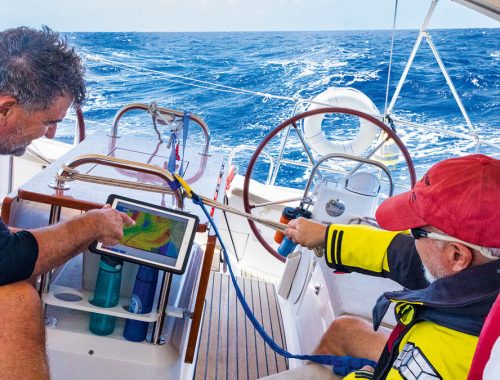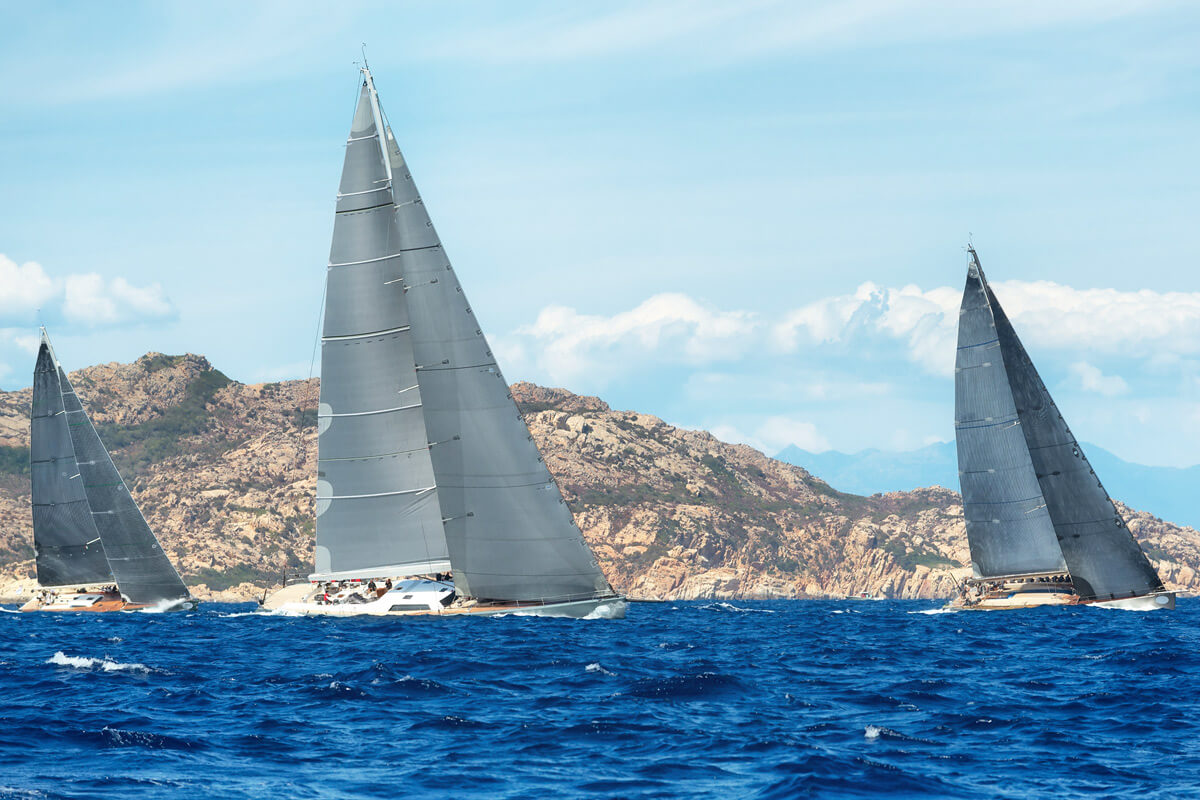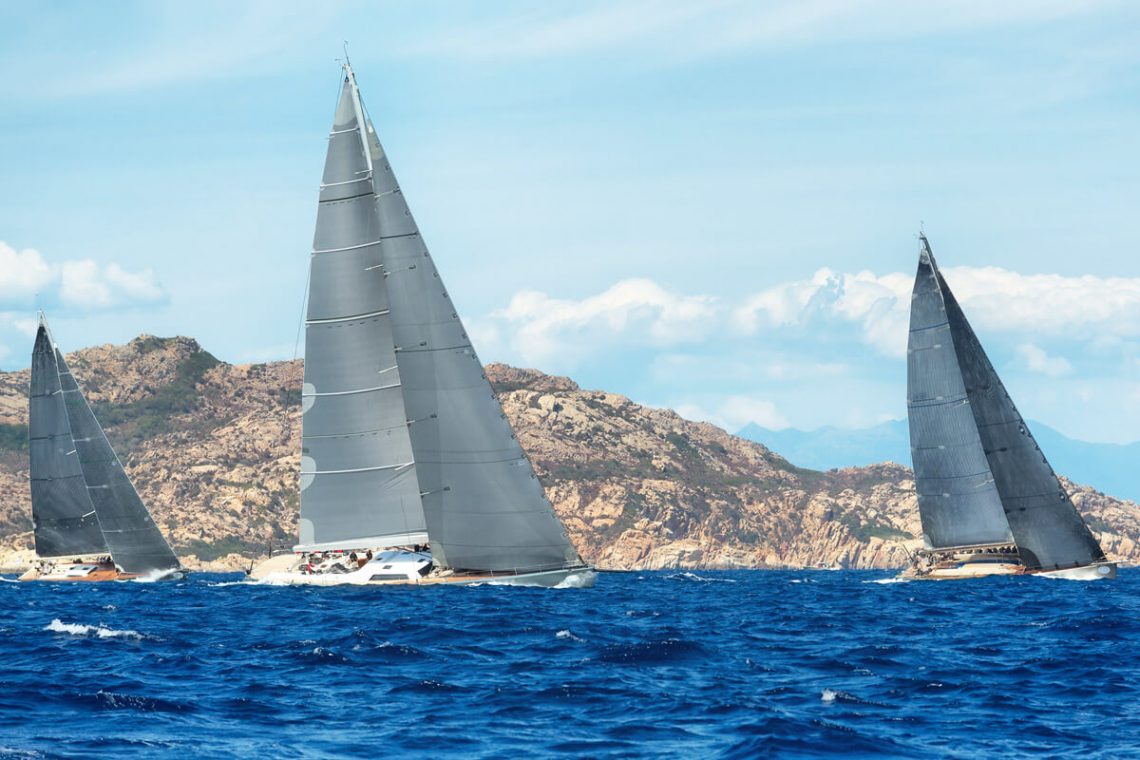
How to Minimize Engine Use While Cruising on a Sailboat
Sailing cruises offer an ideal escape from the daily chaos and the noise of our overly urban lives. Those who choose this type of holiday do so to enjoy the tranquility, silence, and relaxation that the sea, the boat and sailing provide. However, even during a sailing cruise, there are times when the onboard engine is turned on. Beyond maneuvers in the harbor and during anchoring, where the use of the engine is essential, it’s common to sail with the engine even when it’s not strictly necessary. This can be due to laziness, the need to stick to a planned route, or to navigate calmly.
Yet, there are ways to avoid turning on the engine in these situations. How? Firstly, by better weight distribution on board, and also by using the right sail to make the most of even light breezes. But what really makes a difference in turning off the engine and honoring the nature of sailing – inherently slow and quiet – is the mental approach to the cruise.
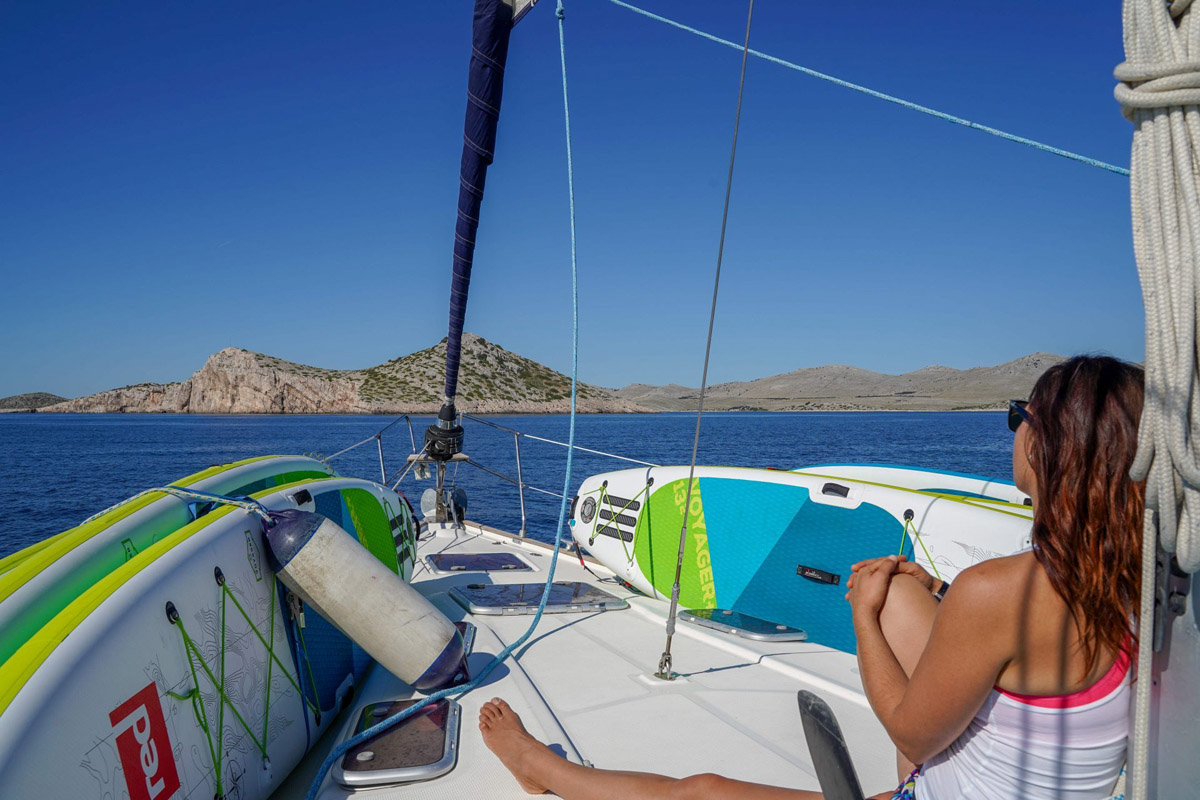
Proper weight distribution onboard
When embarking on a sailing cruise, many people succumb to the temptation of bringing along an excessive amount of items, believing that on-board comfort and entertainment options should be limitless even during a holiday. This mindset is understandable, but accumulating various objects and weights on a sailing boat becomes counterproductive in terms of performance. It’s common to see cruising yachts overloaded, with decks fully cluttered with tenders, paddleboards, canoes, inflatable mattresses, pools, and more. However, what we consider necessary for the cruise should be carefully selected in terms of both weight and space. Keeping the deck clear is crucial not only for the crew’s free movement but primarily for safety reasons. In strong winds, for instance, maneuvering quickly and precisely becomes dangerous with all these accessories left on deck, not to mention the risk of some items accidentally falling overboard. Therefore, maintaining an orderly deck and reducing the number of objects near the essential maneuvers helps in navigating the boat more effectively. It’s better to stow everything in lockers and use them only when needed.
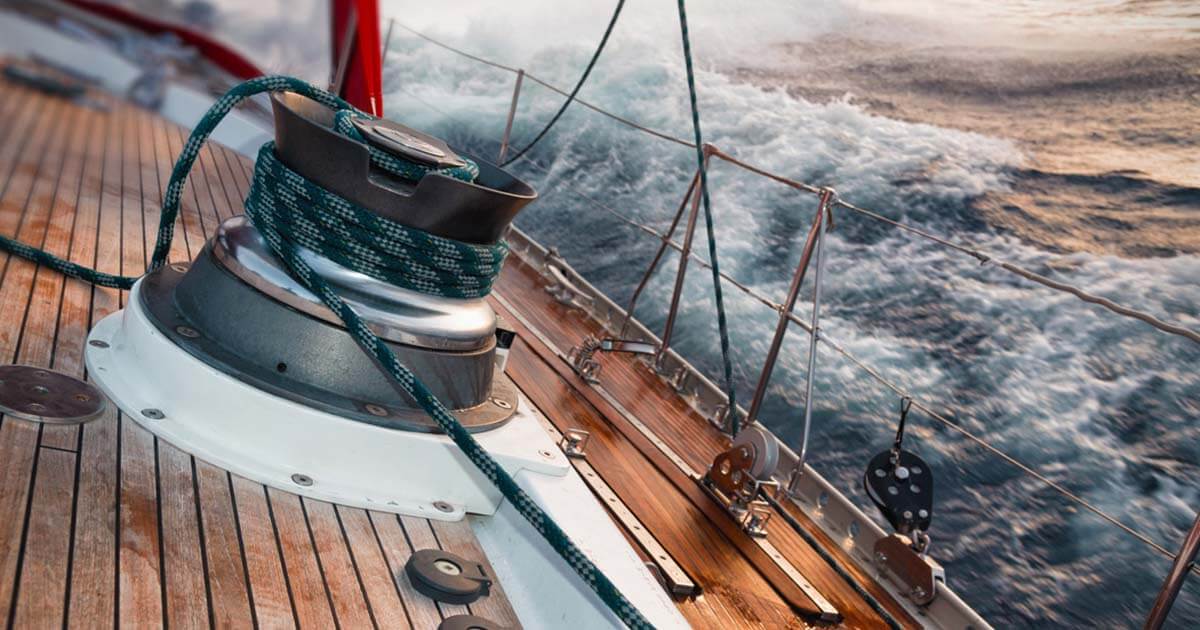
Mastering planning and improvisation
When we plot a course for our sailing cruise, imposing tight schedules between destinations can lead us to often sail with the engine to keep up with the plan. Precise planning of navigation and stops is important, but can also be limiting. It’s essential to improvise and accept weather conditions while sailing. This approach allows us to enjoy sailing without the stress of rushing to a destination. Our mindset should focus less on constraints and more on the pleasure of sailing. A cruise route can be planned based on the prevailing winds of the area to often enjoy favorable sailing conditions. Sailing with the anxiety of covering miles each day detracts from the enjoyment of our cruise.
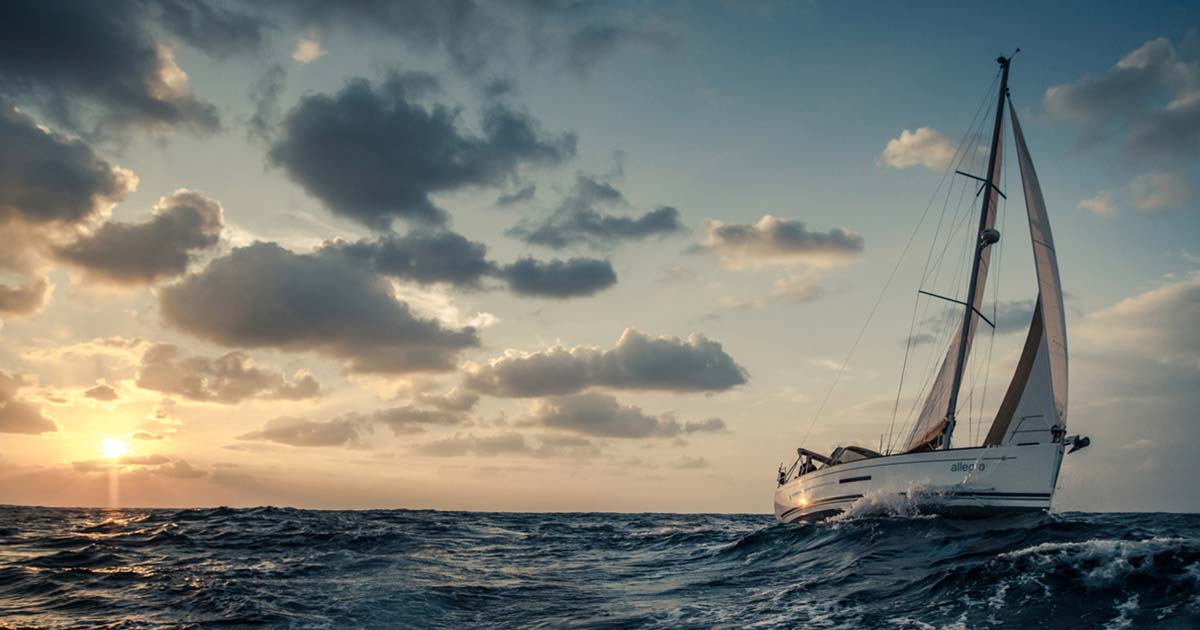
The ideal sail for light breezes
Despite studying meteorology before and during a sailing cruise, especially in the warmer seasons, it’s common to encounter periods of calm or light breezes. This is all part of the experience. However, with the right sails, it’s possible to avoid starting the engine and continue sailing. The classic sail to carry for that extra half knot is the Code Zero. This sail should ideally be at least two and a half times the size of our jib. The convenience of the Code Zero lies in its ability to be kept furled and hoisted when not in use. Once unfurled, it allows for decent sailing in downwind courses and broad reaches, handling even light winds without issues. This can be particularly effective on boats that do not have large sail plans, offering a real solution.
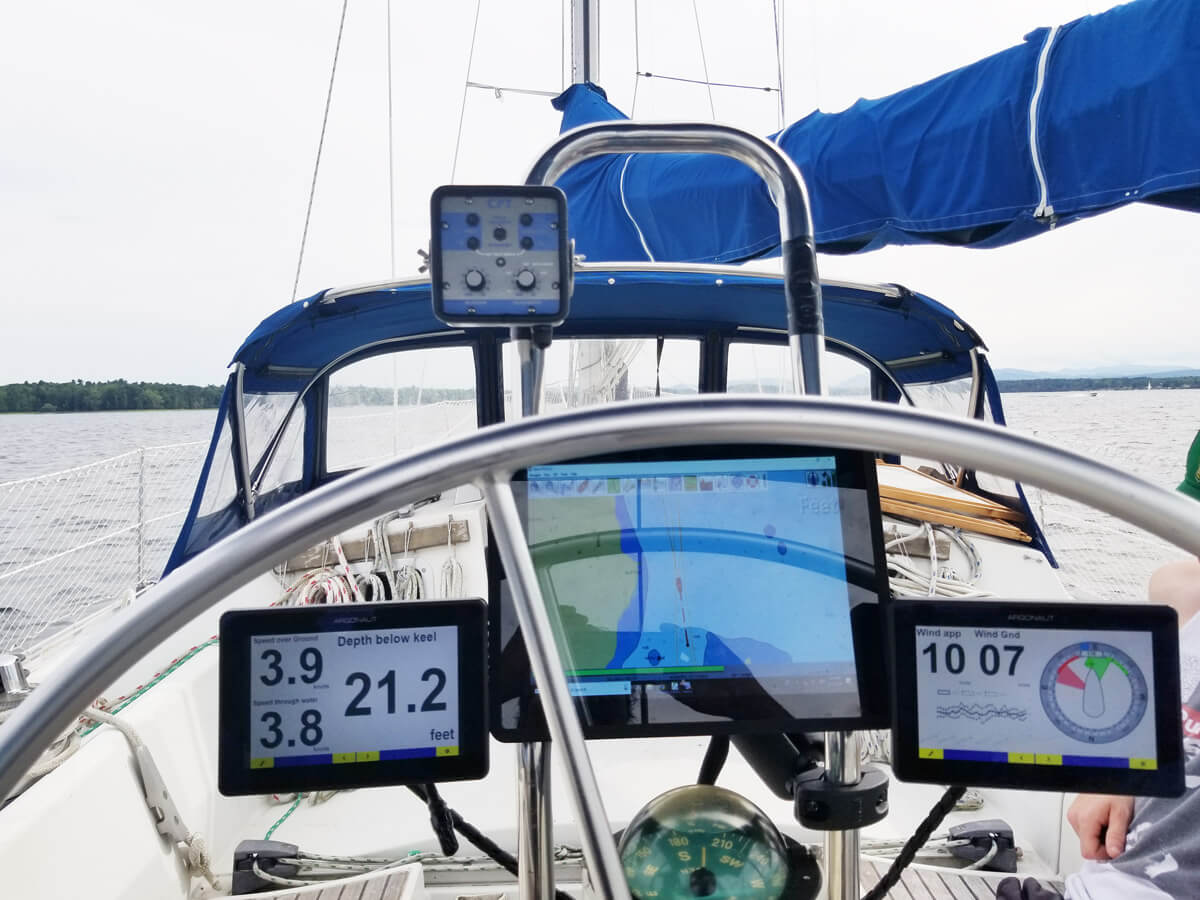
And in the case of complete calm seas?
When the wind is extremely light, to avoid using the engine and continue sailing, we must think like the tacticians onboard during regattas: actively seek out the wind. This involves studying the sea area, observing the ripples on the water, and even the color of the water, and moving based on these observations, trying to discern the most favorable time of day to shift areas. The result of this wind hunt may mean covering fewer or more nautical miles during our cruise, but at least we’ll enjoy the journey, the beautiful places, and the vacation more.
You May Also Like
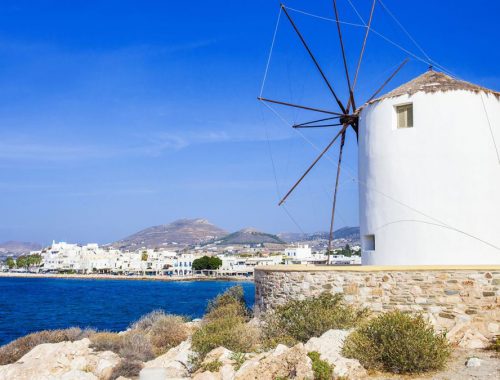
Sailing in the Cyclades: the irresistible islands that make sailors happy
03/03/2025
Sailing among the marvelous Phlegraean Islands and the Amalfi Coast
28/11/2025